SEO, social media, and blogging have had a long history together: They started at about the same time, developed side by side for more than a decade, and co-existed in lots of marketing strategies. Yet, for some weird reasons, few digital marketing strategies really grasp the idea of how to integrate the three together for an integrated marketing strategy.
Table of Contents
What Is Integrated Marketing?
Integrated marketing is taking all the channels you market on with the same looks and feel for your brand. It provides consistency so followers will recognize your brand no matter which channel they are on.
Apart from doing all three, businesses and marketing agencies often do little to create a strategy where each of these tactics contributes to another. In most strategies, these three exist like islands without really empowering one another in any way.
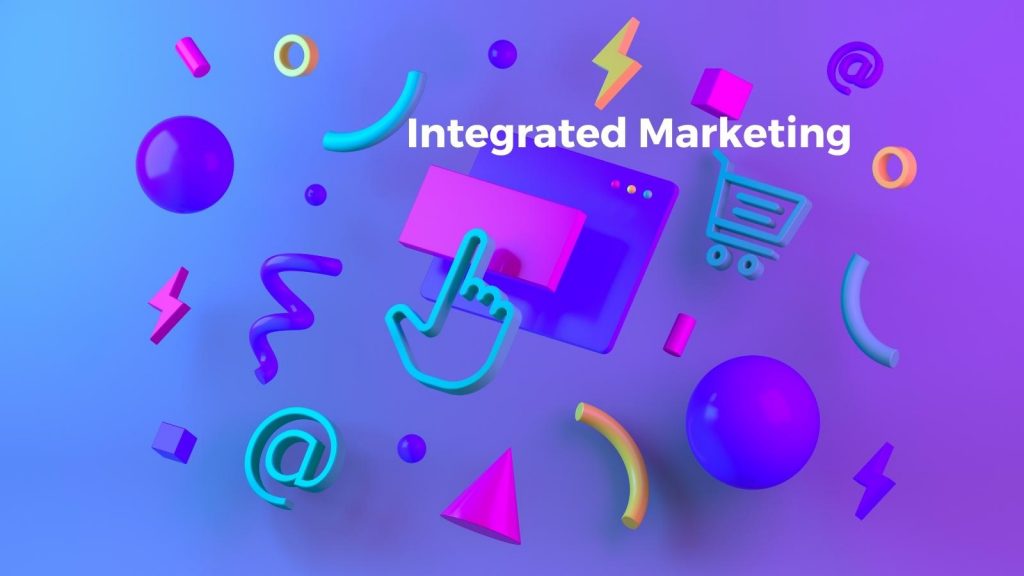
Here are a few fundamental ways SEO, social media, and blogging should co-exist and make your content marketing strategy stronger:
1. Brand Foundation: The Secret Behind Being Everywhere
They say it takes 7-8 times for your customer to see your brand to finally remember it. In our times of endless channels and platforms, that’s a huge amount of times!
What helps is consistent branding across all your marketing channels, and that includes:
- Organic search results
- Social media channels
- Social media ads
- Image and video carousels in search results
However, across all of these channels you need to maintain consistent branding and visual identity:
- Logo
- Name
- Colors
- Watermarks, etc.
Build Your Name Brand
Namify is a free tool that will help you create your visual branding strategy by generating a business name for you, creating a free logo, and checking the availability of that name across major social media channels:

By maintaining consistent branding, you will be able to create brand recognizability and that takes all your channels to work for an integrated marketing strategy:
- Make sure to create branded images and videos using these graphic creators to publish on social media.
- Use those promotional visuals in your blog posts.
- Upload those videos to Youtube and embed them on your blog to optimize your branding.
- Those links to your images and videos will help them rank on Google.
- Add infographics for different types of content.
Furthermore, this way web users will be reminded of your brand across all three channels over a competitor.
2. Content Ideation & Creations
Coming up with content ideas is a continuous struggle that never really ends because it basically doesn’t care if you are tired, bored, or simply overwhelmed.
If you use SEO, blogging, and social media right, you won’t have that problem often with content creation:
- SEO: Research keywords to find blog content ideas.
- Social media: Listen to popular conversations on your target topic and develop these into content assets.
- Blogging: Look at your past content that did well and come up with follow-ups.
But this doesn’t end with ideation for creating a piece of content.
Each of these areas provides lots of data for developing pieces of content and making it more in-depth and valuable.
- Utilize blog comments to identify more questions to answer in your follow-ups.
- Use social media marketing to discover more perspectives to include in your content.
- Use keyword research to figure out related topics and concepts to cover. For example, Text Optimizer uses SEO data to identify underlying concepts that need to be covered in your content:
Google Search for Great Content
Simply searching Google gives a much deeper understanding of any topic, buying journeys, and your target audience. This is where knowing SEO is helpful for creating content that resonates with your readers.
Not only that but with potential customers increase your ROI.
For example, search for [cheap] and you will see Google suggest that you may also be interested in “affordable,” “inexpensive” and even “discount.”
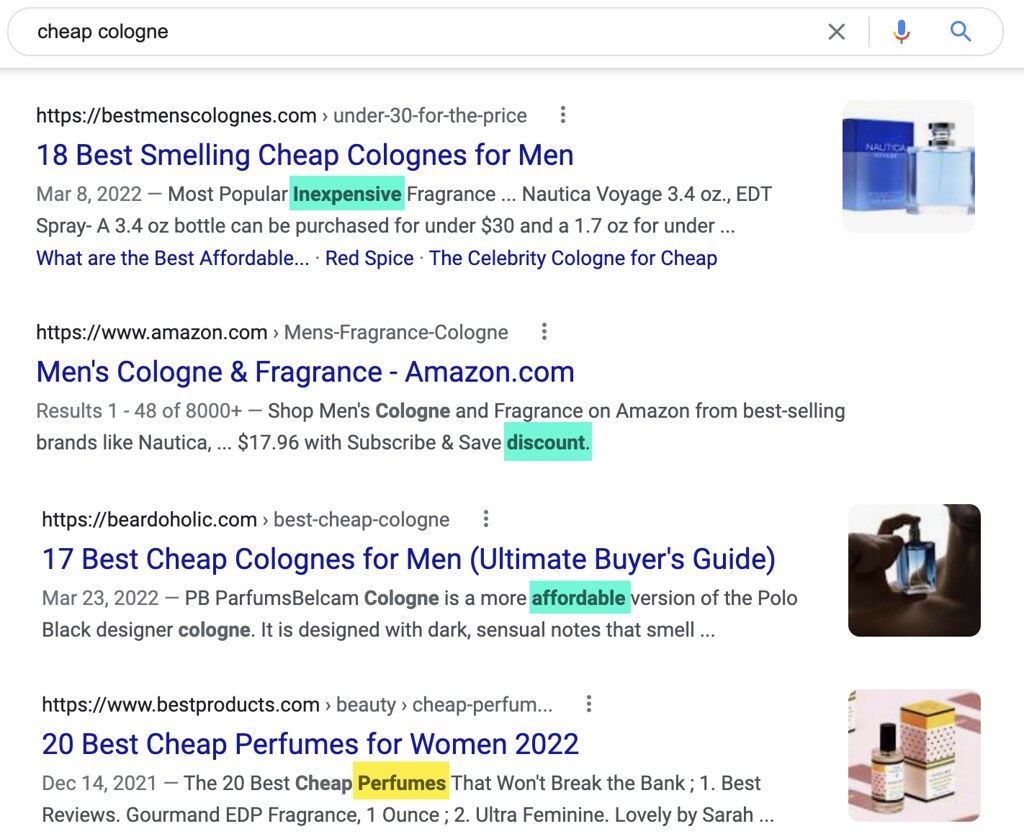
When creating content, look for all kinds of clues Google is giving to you, including “People Also Ask” boxes, featured snippet examples, synonymous terms in bold, Google Autocomplete suggestions, etc. Next, check social media discussions and collect even more ideas from there.
All of that data allows you to create content that is truly engaging, helpful, and shareable.
3. Content Promotion and Outreach
As I mentioned above, it takes about 7 touchpoints for a human being to remember a brand. A touchpoint is a click, social media interaction, comment, etc.
With better brand recognizability comes higher click-through, better on-page engagement, and more conversions.
And that’s where all three channels are truly effective when used together because they can ensure that the same person can come across your content repeatedly:
- By clicking a link on social media.
- By finding your article, product, or service on Google.
- By meeting you in a niche group, etc.
To ensure that each of those touchpoints contributes to growing your brand recognizability, your article should be:
- Well optimized (to rank).
- Well branded (to be more memorable).
Build Your Content for an Integrated Marketing Approach
Content optimizations mean using your keyword in prominent places, as well as including synonyms and related terms in your copy. WebCEO’s SEO Content Checker is a good tool to make it easier for you:
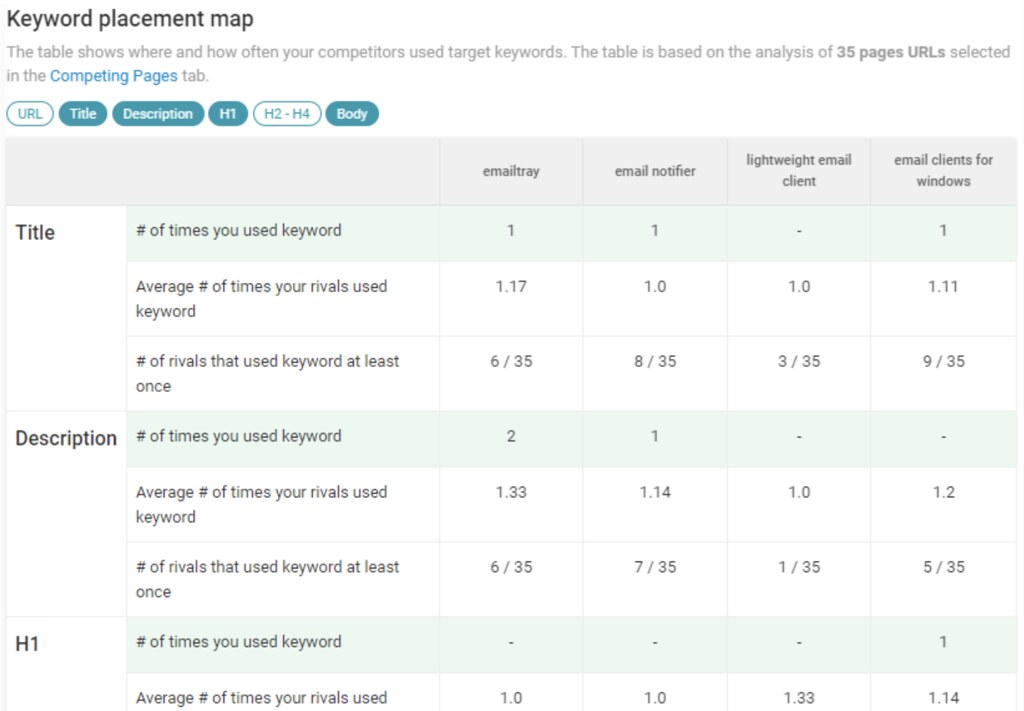
If you are using WordPress, the task is even easier for you with these SEO plugins that do all the necessary checks while you are still writing your content.
From there:
- Make sure to create original visuals that would have your logo on them.
- You will be able to use those images to promote your content on social media!
- Schedule several tweets and include different images to reach more of your followers.
- When promoting your article on social media, take advantage of your keyword research to come up with hashtags to use on Twitter and Instagram.
Social Media and Integrated Marketing
Finally, use social media tagging to ping those tools and influencers you mentioned in your article and generate re-shares (and maybe even links) from them.
Social media sharing alone won’t get your article ranked but if you participate in groups with other creators or tag them in your social media updates, there’s a good chance you’ll build some links, and that’s what will improve your Google positions.
In a nutshell, your integrated promotion strategy could look something like this:
- Use blogging to create content that solves people’s problems.
- Use social media to get clicks and attract the right people (people who could potentially link to your content).
- Use SEO to build up organic search visibility (with the help of those backlinks).
- Then use video content to boost your marketing efforts.
Conclusion of Integrated Marketing
Furthermore, SEO, social media, and blogging are only effective when they inform and empower one another. Too many businesses have three different teams (or people) managing one of these areas, and that’s a big mistake.
That should be one team that moves forward collectively. Are you using integrated marketing for your brand or business blog today? How are you generating more subscribers for your brand?
FAQ’s: Integrated Marketing Today
What is integrated marketing?
Integrated marketing is taking all the channels you market on with the same looks and feel for your brand. It provides consistency so your brand will be recognized no matter which channel it is on.
How many times does it take for someone to see your brand for it to be recognized?
It takes 7-8 times for your brand to be recognized.
What do you need for brand consistency?
Logo, name, colors, watermarks, etc. to stay consistent on all marketing channels.
What does namify do?
It creates a business name and logo for your brand.
How can you come up with more content ideas?
By researching keywords, listen to questions on social media, and see what content did well in the past for your blog.
What does the text optimizer do?
It suggests words to make your content more in-depth and SEO friendly.
How does searching Google help you with your content?
It gives you a deeper understanding of your keywords and the content that you can create for them.
How do the three integrated marketing channels help your branding?
By clicking on links from social media, finding your brand on Google search, and meeting in a niche group as they work as an integrated marketing strategy.
What does the SEO content checker do?
It ensures you create visual content with your logo, and gives you the right hashtags for social media posts.
Should you have one or more teams to manage these three areas on integrated marketing?
You should only have one person or one team to manage all three so that they work together in unison for an integrated marketing strategy.
- Why Live Streaming? How to Start to Grow Your Authority - July 23, 2025
- ChatGPT AI Writer: 6 Ways To Update & Repackage Old Content - June 18, 2025
- Craft the Perfect Headline: Your Content Deserves It - August 16, 2024
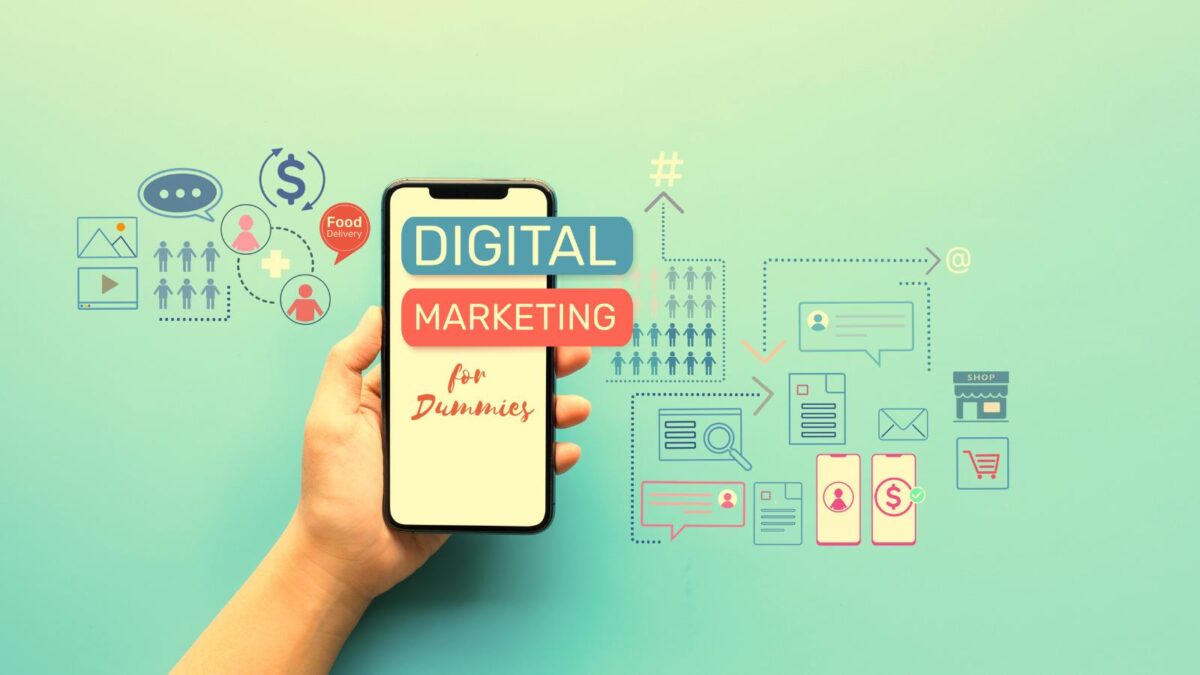

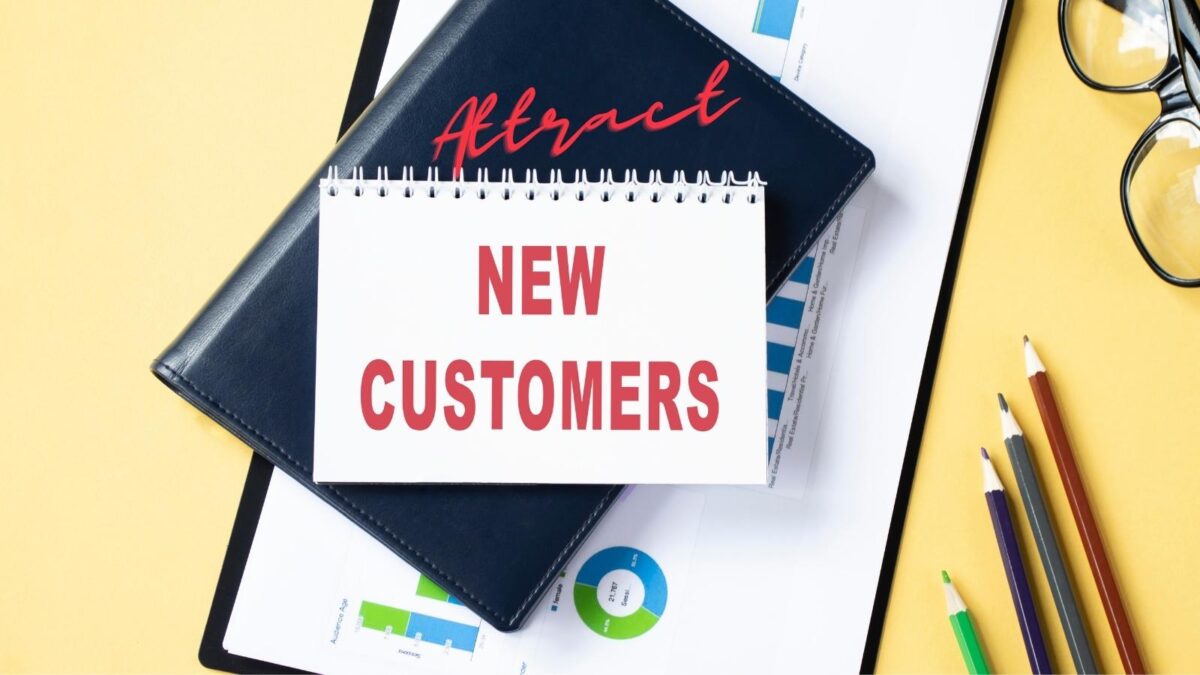

Thanks for this in-depth guide – very helpful
Hi Sarah, nice to see a face behind Daily Waffle Co. If I hadn’t seen the name I may have tossed it into spam. You are most welcome. What part did you like the most about it? Thanks for coming by!
Hello Ann,
Integrated Marketing is the best terminology for today’s competitive online world. We need to utilize all possible channels to bring conversions and traffic. Social media plays a great role in building your brand presence. Great tips.
Regards,
Vishwajeet Kumar
So true! Thanks for stopping by to comment!
Hey Ann, great post you have up here.
All of these marketing strategies surely do help for a successful business branding.
First time hearing the term ‘Integrated marketing” though. haha
I guess everything summed up gives you integrated marketing, right?
Would sure use these tips. I’ve been missing out especially the use of social media for exposure and potential link building opportunities.
These days I’m focusing too much on seo/keyword research
It’s time to up my game with some of the tips you’ve highlighted in this post
Tweeting this stuff asap.
Quick question:
It’s been 2 years+ I visited viral content bee… hope you guys doing great over there?!
Will be checking it out soon
Do have a great time.
And you too Lisa.
Hi Noah, thanks for stopping by! Yeah, Integrated marketing simply means that you need to use everything.
VCB is doing great! Come back.
Integrated marketing is a powerful form of leveraging Ann. We want to have all possible channels working for us to thrive as bloggers. SEO and social make for a powerful duo but adding blogging to the mix supercharges our campaign. Fabulous tips.
Ryan
Thanks for the kind words, Ryan! Long time no chat!